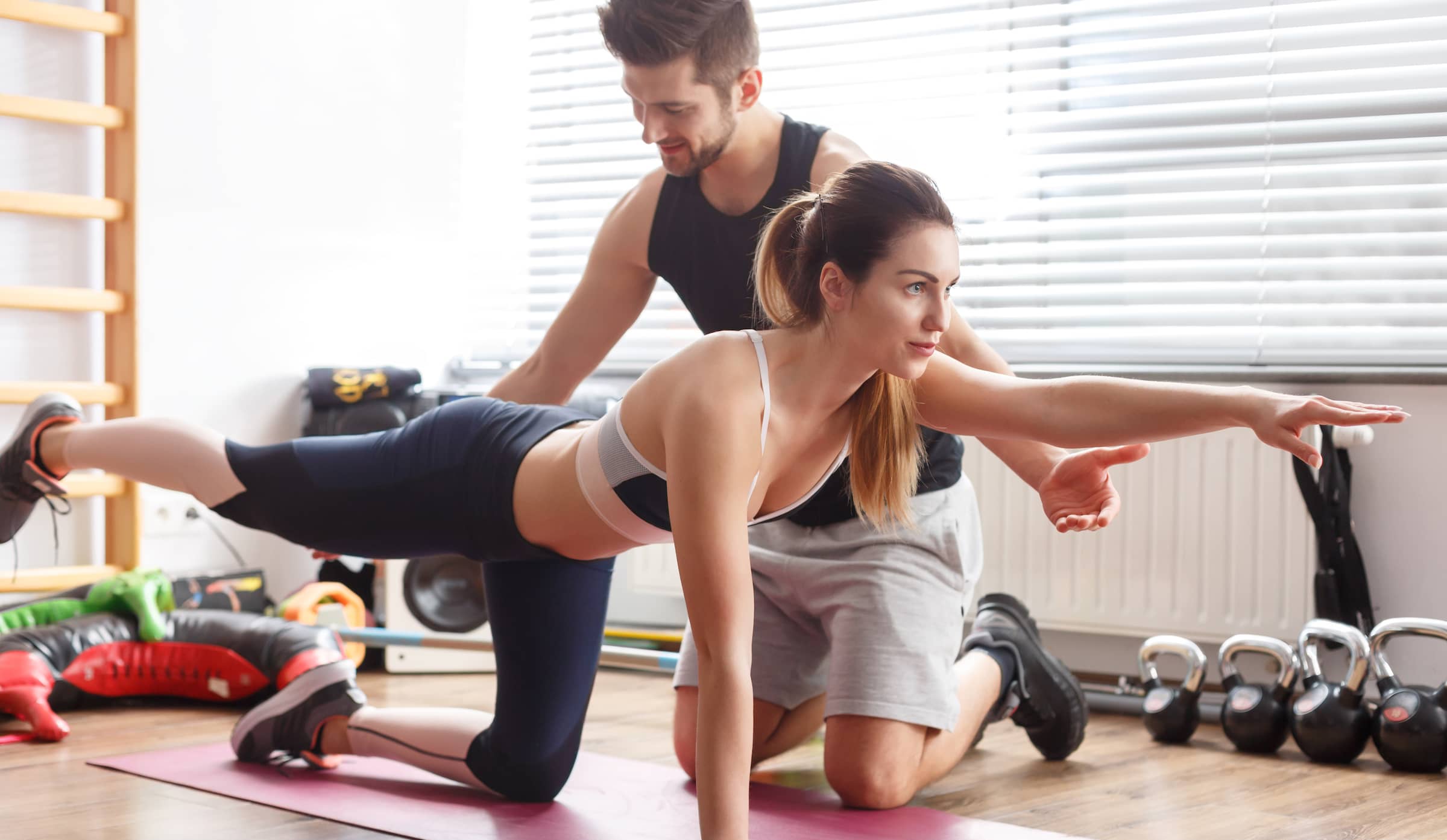When exercising, it’s important to make sure that you’re being as safe as possible. Whether you’re training with weights or heading towards the cardio area at your local gym, your form is integral to making sure that you can get the most out of your workouts, and more importantly, allows you to exercise safely without any injuries.
No matter if you’re a seasoned gym-goer or starting out on a new fitness journey, the importance of taking steps to make sure you perform your workouts with the correct technique can’t be overstated.
For those wondering how they can maintain correct form during their workouts, Dean Zweck, Product Development Manager at Total Fitness, has shared his insights to make sure your next gym session is as safe and effective as possible.
Risks of Poor Form
Particularly in the case of weight and resistance training, but also for cardio exercises, poor form can cause strains and lead to serious injury.
Our spine is one of the most important pressure points in our body and can be put under serious stress when working out with the incorrect form.
By maintaining a straight back and keeping our spine in its natural position, our core muscles can compensate for any weights we use, allowing us to work out safely – when your back isn’t straight, your core can’t perform this, which can lead to issues such as back pain or even slipped discs.
Whilst not as serious as causing injury, poor form can also render our workouts ineffective. Using a good technique allows us to hit certain muscle groups when exercising, helping us to see results overtime as we work them out.
However, maintaining incorrect form may mean you’re not effectively targeting the desired muscles, which will mean you won’t see the results you want to achieve in the long run.
Focus on Your Spine
For those looking to work out to the best of their ability and avoid any unwanted injuries, the first place to check in with is your spine.
As mentioned, your spine is used throughout workouts, so it’s important to make sure it’s protected and not strained in any way.
Whether you’re about to lift some weights or heading on the treadmill, make sure that you start off stood upright, with your back straight and your abs tight.
With weightlifting, make sure to maintain this posture throughout, making sure that your spine is supported. If you notice any pains or strains, stop immediately and rest to make sure you aren’t injuring yourself.
Use Slow and Controlled Motions
If you’re really pushing your limits whilst lifting weights, it can be tempting to move as quickly as possible to get your workout over with.
However, by moving too quickly, you’re likely not focusing on your technique, and may actually be using momentum, rather than strength, to help you lift the weights.
When starting out, try replicating the movement of lifting a weight without using one. It may feel silly, but this will allow you to practice and perfect your form without the pressure of weights impacting this.
Once you’ve practiced your technique, it’s then time to pick up some weights and try out the exercise again.
Whilst focusing on your form, you should also aim for your movements to be slow and controlled. By doing this, not only will it be easier to focus on your form, but you’ll also be hitting your muscles more effectively which will lead to better results in the long run.
Don’t Lift Too Much Too Soon
One of the most common mistakes when it comes to weightlifting is lifting too much, too soon. You may think that lifting as much weight as possible will help you to see results quicker, but often the opposite is true.
Lifting heavier weights will only make you more likely to cheat on your technique, which means you won’t feel the benefit of the increased load.
To make sure you’re lifting the correct weights, start off low and work your way up. When lifting, whilst you should be pushing yourself, you should still be able to perform each rep with the correct form.
If you’re finding that you’re struggling to get through each set, whilst you may want to keep pushing forward, going down a weight will help you to see better results and avoid any unwanted injuries.
Use a Mirror
If you’ve ever been to a gym before, you’ll have likely noticed that the weight areas are full of mirrors. Surprisingly, they’re not just there so you can check yourself out, they’re also there to help you make sure you’re maintaining the correct form whilst you work out!
When focusing on lifting weights, it can be difficult to tell if your technique is correct, with your focus being placed on trying to push through to the end of your set.
By working out in front of a mirror, you can see your form, allowing you to easily see whether or not you’re doing it correctly. Even when you’re practising your technique without weights, mirrors can be one of the best ways to check in.
So, the next time you find yourself lifting weights, make sure you’re making the most out of your workouts, as well as staying safe, and take some time to perfect your form.
